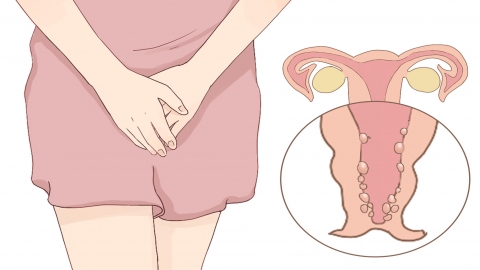What are the symptoms of cytolytic vaginosis?
Symptoms of cytolytic vaginosis vary significantly among individuals, but commonly include vulvovaginal itching, changes in vaginal discharge, a burning sensation in the vulva and vagina, discomfort during intercourse or urination, and vulvar redness, swelling, or stabbing pain. A detailed analysis is as follows:

1. Vulvovaginal Itching: The itching is typically persistent and may worsen at night or during periods of rest. Its intensity varies; in severe cases, it can interfere with daily activities and sleep, causing significant discomfort to the patient.
2. Changes in Vaginal Discharge: The amount of discharge usually increases and may become thin, white, curd-like or resembling cottage cheese. In some cases, there may be a slight odor, although strong odor is generally not present.
3. Vulvovaginal Burning Sensation: Patients may feel a burning discomfort in the vulva and inside the vagina. This sensation often intensifies during physical activity, urination, or cleaning, affecting overall comfort.
4. Discomfort During Intercourse or Urination: Pain or discomfort may occur during sexual intercourse, leading to reduced sexual quality of life. Urine passing over affected areas may also cause pain or a stinging sensation.
5. Vulvar Redness, Swelling, or Stabbing Pain: Mild redness and swelling may appear on the vulva, accompanied by sharp pain upon touch. Due to persistent irritation, these symptoms may recur in some patients.
Upon experiencing the above symptoms, self-medication should be avoided. It is important to seek timely evaluation and diagnosis at a reputable hospital's gynecology department. After a confirmed diagnosis, follow medical advice for treatment. Additionally, maintain cleanliness and dryness of the vulvar area and wear loose, breathable clothing.




